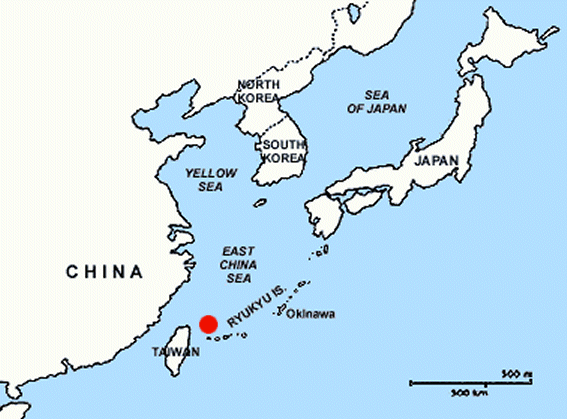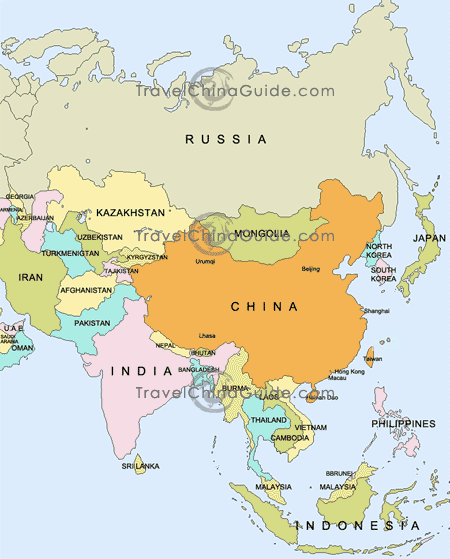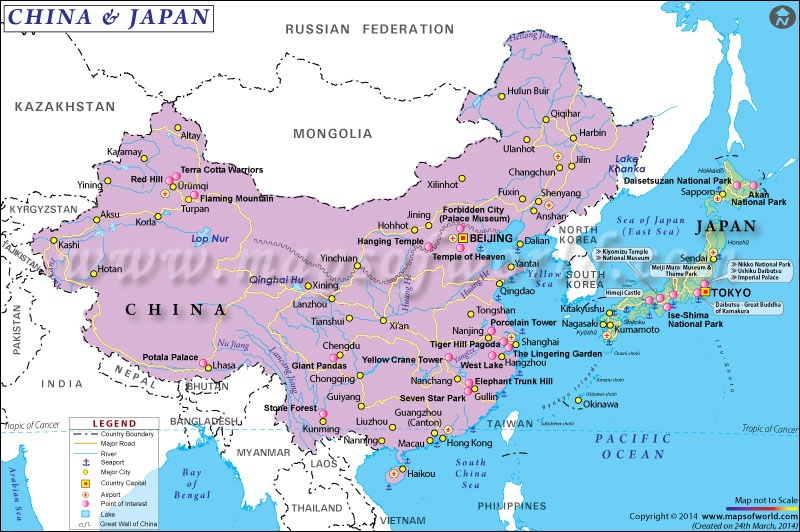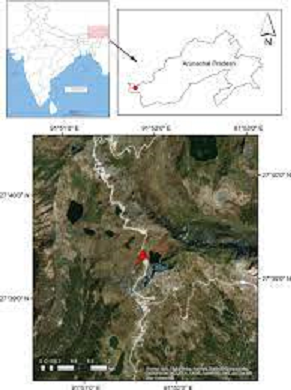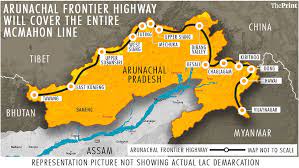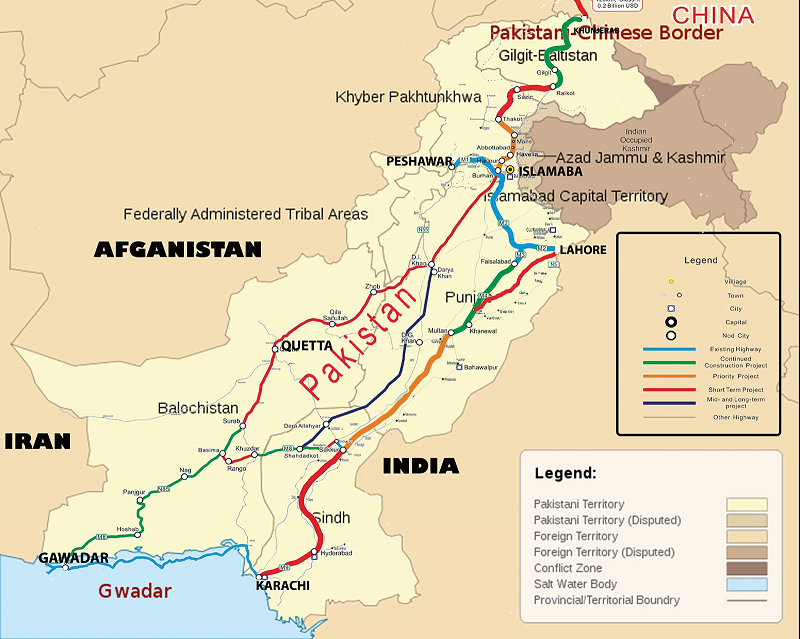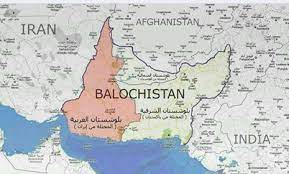1.Setting the stage
If you watch Financial TV or read investment articles, you hear the positive message that China is re-opening from its lengthy economic malaise caused by their shutdown of major cities for weeks. The idea of a Chinese re-opening its massive economy is bullish for global growth. This is traditional thinking and hopefully it remains correct.
An alternate view of Chinese economy & China’s draconian shutdown of its economy was voiced recently by Felix Zulauf, a renowned macro analyst, in his long conversation with Ed D’Agostino of Mauldin Economics. Zulauf’s take is that China’s Covid-related “lockdowns are sort of a camouflage to not show the world how structurally weak China has become“.
Remember 1989 when Japan had a strong economy poised to dominate the world. Now we all know it was the top for Japan. Zulauf’s main thesis is that
- “the Chinese economy has hit the same point as Japan in the early 1990s. It was exhausted after one of the biggest investment and credit booms of mankind, so to speak. And the credit system of China cannot finance high growth. Therefore, they cannot push and stimulate for high growth as they did in previous years. They cannot do so.”
- “So, I think they are trapped, and they cannot move. What we will see is, they will
support the system, they will prevent it from breaking down hard, which means it will take longer. So, my guess is at least 10 years to get over this restructuring of the economy. It took Japan 20 years, and the excess is real small. “
This could not be happening at a worse time for Xi Jin Ping. He was just given an unprecedented 3rd term as the Head of China & his internal opposition has been silenced. So what is Xi’s primary goal? As Nikkei Asia wrote, Chinese Ministry of Defense has said that “while China’s economy has become the world’s second-biggest, its military is not commensurate to the nation’s economic power“. The paper also reports on November 25, “Xi ordered the armed forces to strengthen training under real combat conditions and raise their capability of winning wars“.
Is there a target date? Nikkei Asia writes that President Xi “has begun talking about a new 100-year anniversary: the year 2027, which marks the centennial of the founding of the People’s Liberation Army“. Is that then a relevant date to expect an invasion of Taiwan, a feat that would enable President Xi to even rise above Chairman Mao?
Which country would be damaged the most by China’s successful conquest of Taiwan? Look at the map below:
The red dot represents Japan’s Senkaku islands claimed by China. China might even take over these islands before attacking Taiwan. It might even disable the naval & air base at Japan’s Okinawa as a defensive measure. What might befall Japan & its economy if China actually does take over Taiwan?
A quick look shows that Japan will be shut off from all naval access to the rest of Asia, a semi-existential disaster. But America wouldn’t allow an invasion of Taiwan, would it? And isn’t America treaty-bound to defend Japan?
Yes but that confidence is so pre-Ukraine. The Ukraine war has taught China that America will NOT physically intervene if the American mainland is in danger of being massively damaged by nuclear missiles. Perhaps that is why China has reportedly embarked on a plan to amass 1,500 nuclear missiles before an invasion of Taiwan.
The Ukraine war has also changed the world’s thinking in a big big way. It has taught the world, especially Japan, that a sustained war might now a norm.
2.Seismic Event in & from Japan
The Ukraine War has also taught all a lesson that you cannot fight a sustained war without the offensive capability to hit major military assets & population centers of the attacker. Hence the seismic change in & from Japan, a 180-degree change in Japanese military posture after WWII.
- Derek J. Grossman@DerekJGrossman – Dec 16 – Today, Japan is no longer a “pacifist” nation. For the first time since the end of WWII, Tokyo is building offensive strike capabilities. China, South Korea, and North Korea will all be greatly unnerved. And everyone else? Pleased.
And Japan has unveiled an unprecedented $320 billion (reportedly 3rd largest in the world) buildup including:
- Derek J. Grossman@DerekJGrossman – Dec 24 – Unreal. “Japan earmarked more than $2 billion to buy and deploy U.S. Tomahawk missiles on its naval destroyers, enough for several hundred of the weapons as it seeks to deter China and North Korea.”
Which other country views China as its primary opponent in the Indo-Pacific? And what is Japan doing with that country? Japan & India have announced their first-ever joint Air Force exercise that will run in Japan for 10 days between Jan 16 to Jan 26, 2023:
Many forget that the Japanese have a history going back several centuries of being fierce warriors &, as recently as WWII, Japan had conquered China. As the map below shows, Japan armed with enough cruise missiles & fighter-bombers can cause mega damage to the heart of the Chinese economy:
And India conducted a night launch test of its long-range nuclear intercontinental ballistic missile Agni-5 on December 15. The Agni-5 is reportedly highly accurate & reaches maximum speed of Mach 24. So now all of mainland China, including its fleet in the South & East China seas, can be targeted by India if necessary.
In case you didn’t know, Japan & India have been close friends & allies for years. They have old cultural & religious ties since the days of Buddha. And WWII Japan trained & supplied the Indian National Army (led by the great Netaji Bose) that fought with the Japanese from Singapore to today’s Indian eastern region. And PM Shinzo Abe took the lead in establishing friendly relations with India, both countries being subject to coercive Chinese behavior.
3. Repeat of Galwan in Tawang-Yangtze – India-China skirmish
Remember the sudden intrusion by Chinese troops into the Galwan River area in Ladakh in June 2020 on the western line of control between India & Chinese-occupied Tibet? The Indian troops were surprised, outnumbered initially. It was a bloody skirmish with 20 Indian casualties & 35 Chinese casualties. That incident created large movements of troops & subsided when Indian Army moved offensively into ridge tops overlooking Chinese troops.
On December 9, 2022, over 300 Chinese troops surged upwards towards an India-held ridge line in the Yangtze area of Tawang, a strategically located city on the eastern side of the India-Chinese occupied Tibet line of control. This time Indian troops were ready. They outnumbered the Chinese and after a hand-fight repulsed the Chinese troops back to their own base.
In this mountainous area, control of ridge lines is critical. As the ASPI (Australian Strategy Policy Institute) article & its superb photographs show that
- “Crucially, India’s control of the ridgeline that makes up the LAC allows it to prevent Chinese overwatch of roads leading to the Sela Pass—a critical mountain pass that provides the only access in and out of Tawang. India is constructing an all-weather tunnel through the pass, due to be completed in 2023. However, all traffic in and out of the region along the road will still be visible from the Yangtse plateau.”
The Indian Army took over the Yangtze plateau in 1987-1988 in a major incident that paused when the Indian Army airlifted a brigade of mountain troops to a high ridge behind & above the Chinese intruders. Still it took 7 years to finally get that resolved. And now China has opened it again.
Why does China keep doing this to India? Because China doesn’t really pay a lot for these actions. And, as it did in Galwan in June 2020, China can carve out an additional sliver of a high ridge position. And India is perceived as a risk-averse adversary which is not interested in counter-offensives.
But as a previous Indian foreign secretary wrote on CarnegieIndia.org, that perception of India may not be true any more. To stress that point, the Indian Air Force conducted a large exercise in the same area within days of repulsing the Chinese intrusion.
India is also building up the road infrastructure along the line of control with China to aid in fast movements of troops & artillery.
So we won’t be surprised if India responds to the next Chinese intrusion with its own offensive intrusion in another area that the Chinese don’t expect.
You have to hand it to China. Japan & India are merely two Asian countries China is “fighting” with. The list of Asian boundaries China disputes is long:
- Jeff M. Smith@Cold_Peace_ – Someone should map the various points of territorial friction in the Indo-Pacific to try to identify any trends or common denominators. China-India China-Bhutan China-Taiwan China-Japan China-Philippines China-Vietnam China-Indonesia
4. China’s Largest Economic Investment – its apex on fire?
We began with Japan. Then we progressed to where the Japanese Army reached in WWII, the North-Eastern corner of India where Chinese Tibet, India, Myanmar meet. Now let us go west to the largest project undertaken by China in its landmark One Belt One Road initiative.
Specifically let us go to Gwadar, the tip of Chinese economic spear, the port China has helped build; the port that was heralded as China’s access to the Arabian Sea & the Straits of Hurmuz.
Did you know that the (diesel) oil reserve established at Gwadar port & guarded by the Napaki Army was blown up 9-10 days ago & completely destroyed. There is no shortage of long You Tube clips with footage of the massive blast & fire. Below is the shortest (33 seconds) we could find:
This weekend the politically significant group Haq Do Tehreek of Gwadar issued a televised warning to all Chinese citizens in Gwadar to leave.
Frankly, this by itself is not new news or impactful news. The Balochistan for Balochis activists have been fighting for a few years without much success against the powerful Napaki army. But what happened this weekend could tilt the scales.
This weekend, the TTP (Tehreek-e-Taliban Pakistan), the Pakistani Taliban that has declared war against the Napaki Army, Police & the State, announced a merger with a group of Balochi militants saying this will strengthen the TTP inside Balochistan.
Just search You Tube for “tehrik e taliban pakistan attack police station in KP” and you will get a page detailing attacks conducted this week inside Khyber Pakhtunkhawa (the Pakhtun area inside NaPakistan that borders Afghanistan). Below is one such clip :
Now let us look again at the map we showed above:
The Pakistani Taleban or TTP has essentially moved south from Afghanistan to Khyber Pakhtunkhawa, the predominantly Pakhtun province inside NaPakistan bordering Afghanistan. Below that are the Federally Administered Tribal areas (FATA) that have been sanctuaries for the Taleban going back & forth. Go Southeast a bit and meet Quetta, the major city that was the HQ of the Quetta Shura, the Taliban management inside NaPakistan.
Below Quetta opens the huge but sparsely populated province of Balochistan. If the TTP get “office space” inside Balochistan, then TTP may be active across the entire length of NaPakistan area that borders Afghanistan and Iran. Trace the dark red, orange and red line & finally green line into Gwadar beginning in Gilgit Baltistan & you will see the scale of the TTP problem.
Make no mistake – TTP’s declared objective is to take control of the NaPakistan state with its nuke arsenal and run it as an Islamic regime that will put even the Afghani Taleban to shame. That is long ways away but who imagined this expansion of the TTP when America withdrew from Afghanistan in June 2021?
And now, less than 18 months after the US withdrawal, the United States “welcomes opportunity to expand ties in counter-terrorism & border security” in the words of Commander of U.S Central Command General Michael E Kurilla.
What a sinkhole? America has been trying to get out of Afghanistan-NaPakistan ever since President Reagan sent in the CIA in 1980. Now America might be back within 18 months of “finally” leaving in 2021?
Notice that General Kurilla is now looking at the border from the NaPakistan side into preventing intrusion from Afghanistan side while US Military has spent the twenty years post-9/11 from the Afghanistan side looking into preventing intrusion from the NaPakistani side. And before that in the pre-1989 era, the CIA looked from the NaPakistani side into Afghanistan helping intrusion from NaPakistan into Afghanistan.
In other words, the US Military has 30 years of experience & ability to view-prevent-manage intrusions from each side of the NaPakistan-Afghanistan border into the other side. So a weirdly strange thought occurs to us – Why not put US troops on both sides of this border with great US satellite-intelligence to monitor the long border & ensure no side intrudes into the other? If necessary, areas close to the border can be cleared & declared as no-man zones. Not an easy task but better than jumping from one side of this border he other every few years to manage the terrorism flow as its direction changes.
Finally & in case you believe this is a problem isolated to the border, watch the clip below dated December 24, 2022. It tells you that the NaPak Government prohibited public gatherings in Islamabad, the Capital, because of fear Pakistani Taleban attacks (just as Afghan Government used to ban gatherings in Kabul because of Afghani Taleban attacks before the US -exit):
In contrast, Ukraine seems so much simpler, doesn’t it? We should be out of there in no time, right?
Wait a minute! Speaking of Ukraine, remember the country that is supplying suicide drones to Russia to bomb Ukrainian troops? Isn’t that Iran? Now look at the neighbor of Balochistan to the west. Isn’t that Iran? And wasn’t Balochistan a part of Iran before the British annexed a large part of it & made it a part of British empire which is now NaPakistan? Isn’t that just like the British annexed a large part of Pakhtun-Afghanistan & made it a part of the British empire which is now NaPakistan?
What if Iran begins to claim Balochistan as its province & uses the Balochi militants (now linked with TTP) to increase Balochi-TTP terrorism in Balochistan? The two ports Iran has can be blocked at the Straits of Hormuz & they are not deep-sea ports anyway. So how much would Iran benefit if Iran reclaims & seizes the port of Gwadar & half of the coastline from Gwadar to Karachi that was annexed by the British?
Just look what a geo-strategic prize the united Balochistan would be? No wonder the Balochi nationalists are fighting the NaPakis for Balochi independence! Frankly, there isn’t much for anyone to fight over Afghanistan. But fighting over a juicy asset like Balochistan is so tempting, isn’t it?
Send your feedback to [email protected] Or @MacroViewpoints on Twitter
